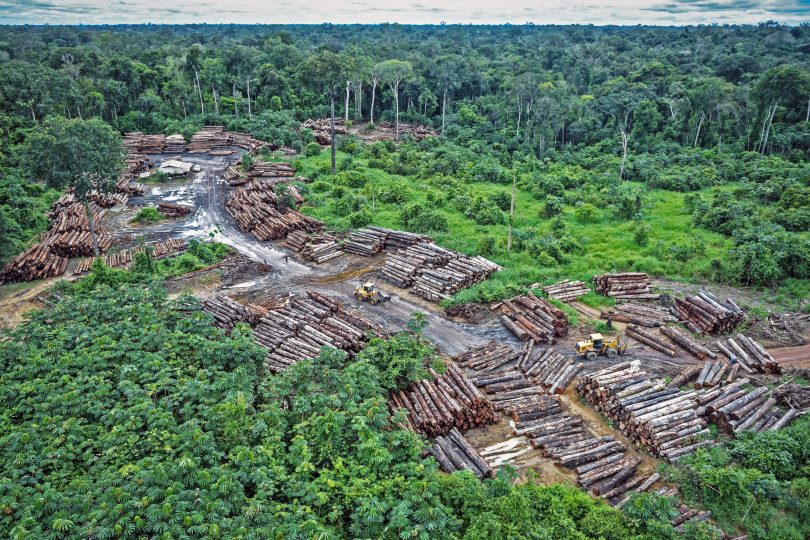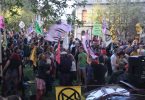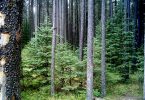Deforestation is rising at an alarming rate in the Brazilian Amazon, and with it the numbers of environmental defenders being killed across the world.
In 2017, The Guardian reported 207 environmental activist killings, meaning activists were being killed at a rate of four deaths a week. Last year that figure rose to 212, making it the most violent year on record.
Journalists also face increasing danger in trying to expose environmental issues. Forbidden Stories, a project by Freedom Voices Network, documents 13 environmental reporters killed between 2009 and 2019.
Colombia, Brazil and the Philippines are some of the most dangerous countries for environmental defenders, continuously recording the highest number of deaths. The victims vary from wildlife rangers to land rights activists; many belong to indigenous communities.
According to Global Witness, the real number of deaths is undoubtedly higher than records show, but limited press freedom, conflict zones and a lack of documentation in some countries make it extremely difficult to gather statistics, particularly where governments or NGOs are responsible for deaths. Agribusiness and mining are the among the largest industries responsible for activist deaths, along with poaching and logging.
In recent years fires and mass deforestation have caused irreversible damage to the biodiversity of the Amazon Rainforest. Being the largest forest in the world, the Amazon is vital in the fight against climate change. But despite global outrage brought on by recent media attention, deforestation has been going up over the last few years and is now at its highest annual level in a decade.
Most of the Amazon is located in Brazil, where deforestation peaked in 1995 and 2004, mainly due to land clearing by farmers. There was another rise in 2016, which could be explained by a surge in demand for palm oil products.
Brazil’s far-right president Jair Bolsonaro has been highly scrutinised for failing to address the environmental damage caused by mass deforestation, and for dismantling environmental protection laws. In 2019, Bolsonaro made an executive order that allowed indigenous land reserves to be regulated by the agriculture ministry – a decision favoured by the mining and logging industries but detrimental to indigenous communities facing increased health risks, mistreatment and death.
As deforestation rates increase, so too do the murders.
With no sign of deforestation rates slowing under Bolsonaro’s presidency, we can expect the killings and the destruction to soar into the future.
Featured image: Illegal logging on Pirititi Indigenous Amazon land on May 8, 2018. Deforestation is on the rise under President Bolsonaro and a continuing threat to Indigenous communities. FELIPE WERNECK






